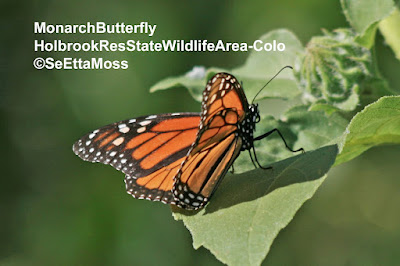Ted Eubanks has posted another excellent and provocative essays to his website in an interesting discussion of what a 'good' birder is with 'inciteful' notes about ABA, and about Audubon. Ted says,"Good birding demands good stewardship. In my mind, good birders limit impacts (such as by reducing consumption), and those impacts that are unavoidable are mitigated. The most consumptive activity associated with birding is travel. Therefore “good” birders limit the need for transportation (use mass transit, become place based) and mitigate for the impacts when travel in unavoidable." Right on Ted. Read's Ted's essay The Tao of Birding if you dare. SeEtta




